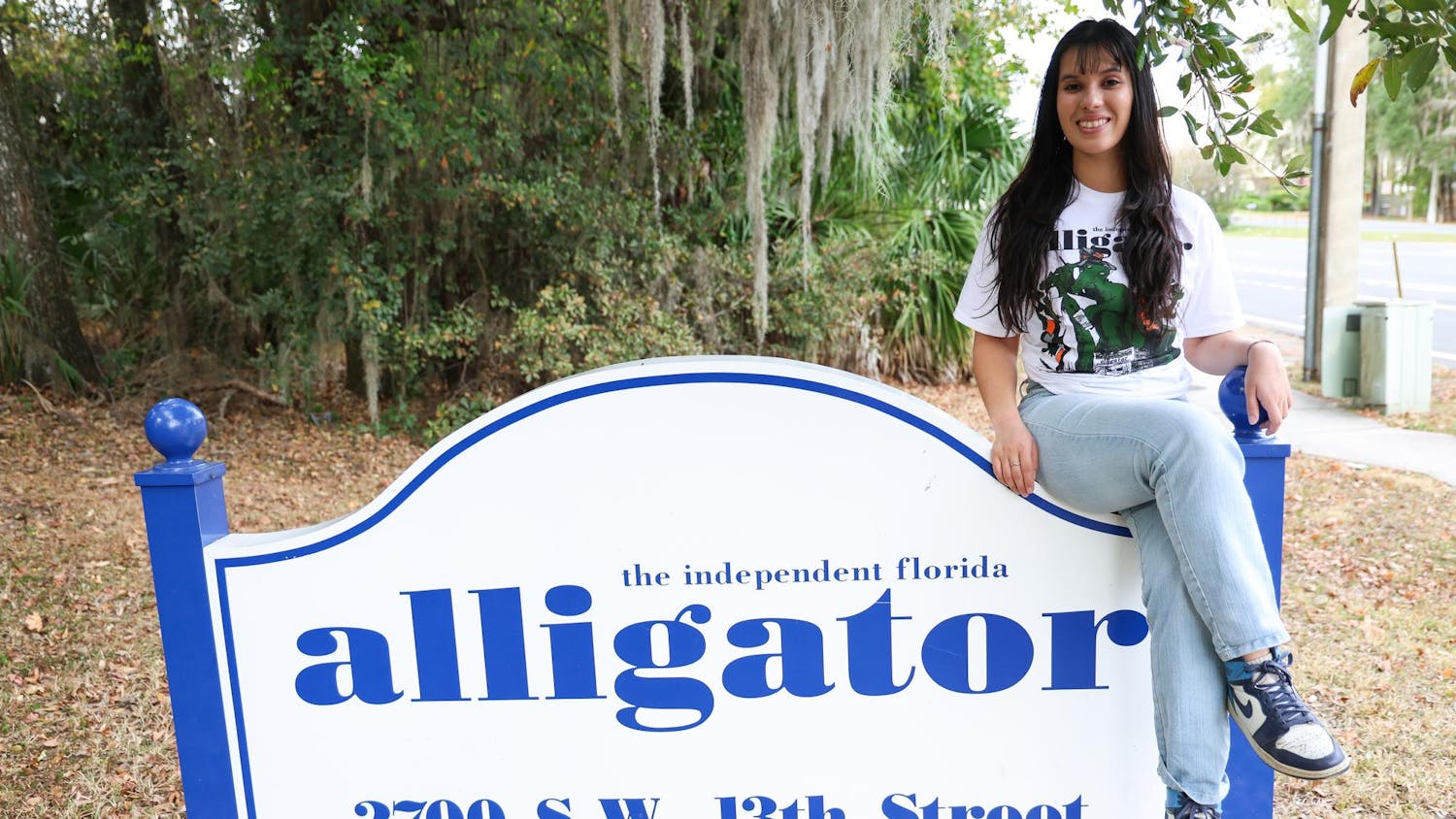Alumni and supporters have taken to the Internet to express their discontent with the University Athletic Association’s recent decision to ground UF cheerleaders.
A “Save Florida Cheerleading” Facebook page has garnered nearly 1,000 likes since its creation Nov. 28, as of press time.
Other cheerleading squads, like one at Dr. Phillips High School in Orlando, posted pictures with signs that support reversing the UAA’s ban on tumbling and stunting at events, games and practices.
The Facebook page coincides with a “Save Florida Cheerleading” website. Both sites ask The Gator Nation to contact UF athletic director Jeremy Foley and assistant athletic director Martin Salamone asking them to let the cheerleaders fly.
Jason Merslich, a former UF cheerleader and one of the Facebook page creators, said he hopes the pages will bring awareness to boosters and alumni.
The dangers associated with acrobatic stunts are not worth the risk for the cheerleaders or UF, senior associate athletics director Steve McClain wrote in an emailed statement.
“Instead of waiting for a tragedy to occur, we are taking a proactive stance to protect the cheerleaders, who represent the University of Florida with enthusiasm and class,” McClain wrote, “and allow them to lead cheers at Gator games for years to come.”
Merslich, a 27-year-old physical therapist, said he has never treated a patient who was injured because of cheerleading.
In the 2005-2006 school year, 12 high school and college female cheerleaders suffered catastrophic injuries, according to the National Center for Catastrophic Sport Injury Research at the University of North Carolina at Chapel Hill. That amount has dropped steadily, and in the 2010-2011 school year, one catastrophic injury was reported for high school cheerleaders, and none for college.
UF first-year dental student and former cheerleader Patrick Fitzgerald, 23, said banning the cheerleaders from stunts was a caring approach, but a quick decision without much research.
Fitzgerald, who cheered from 2008 to 2012, said the cheerleaders had to get stunts approved by a medical advisory board to decide if they were safe to perform. He said he thought the system worked well.
In 2011, about 2,500 women from ages 18 to 22 visited the emergency room for a cheerleading related incident, according to the U.S. Consumer Product Safety Commission. That’s about 3,700 fewer visits than for soccer related injuries and about 8,100 fewer than for basketball.
“[The UF cheerleaders] are adults doing it and understand the risks,” Merslich said.
Contact Samantha Shavell at sshavell@alligator.org.





